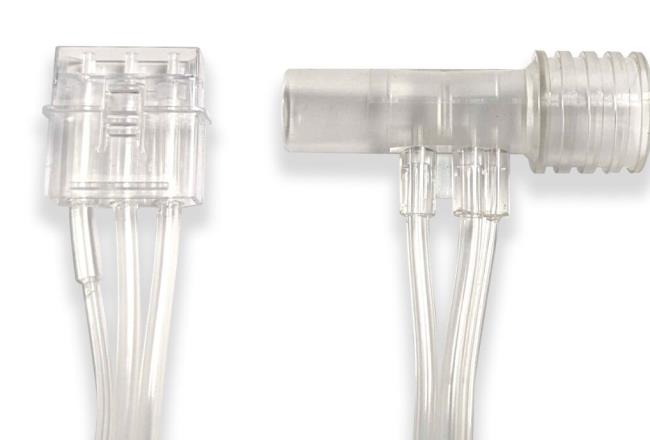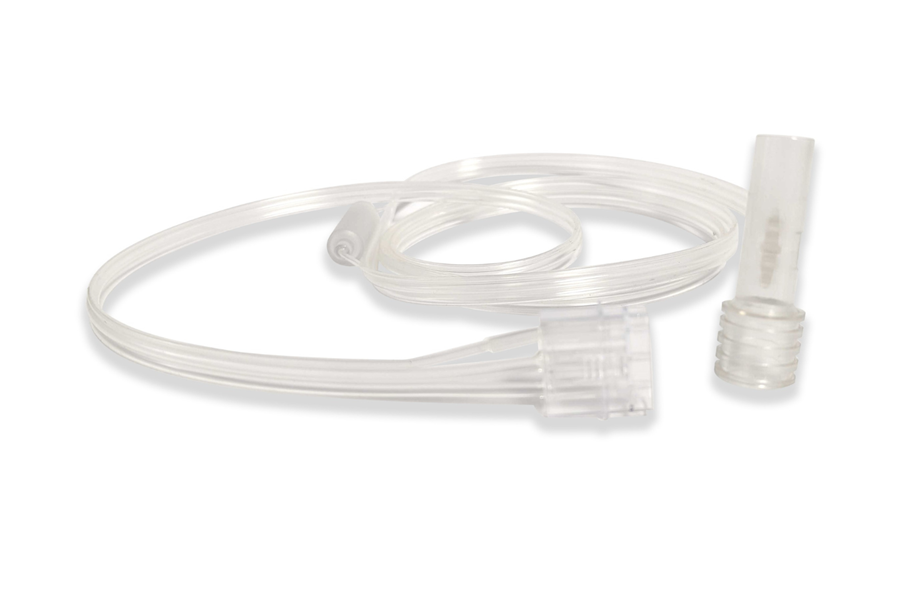
Airway monitoring medical device relies on Makrolon polycarbonate
Maintaining synchrony between a patient’s respiratory demand and a ventilator’s delivery of air is a challenge during mechanical ventilation.
Certus Critical Care is developing the VentRight Monitor (VRM), which uses sensors and advanced algorithms to identify multiple types of Patient-Ventilator Asynchrony (PVA) along with clinical decision support to assist providers in managing them.
Certus needed a durable and biocompatible plastic for this demanding application.

The VRM uses multiple sensors and advanced algorithms to accurately identify multiple types of PVA along with clinical decision support to assist providers in effectively managing them. By offering precise detection and monitoring, the VRM aims to empower healthcare providers with the information needed to optimize patient care in real-time.
To design a product capable of withstanding the demanding conditions of critical care environments, Certus needed the right material.
“Utilizing Covestro's materials allowed us to design a product capable of withstanding the demanding conditions of critical care environments, providing a reliable tool for healthcare professionals, and setting a new standard in patient-ventilator monitoring.”
For this innovative technology, Covestro is supplying Certus Critical Care with its Makrolon® 2458 polycarbonate, used in the water trap and airway chamber. Makrolon® 2458 offers biocompatibility and impact strength with the appearance of glass, which is necessary in critical care environments.
Certus Critical Care selected Covestro to be its partner due to its reputation for producing high-quality, durable engineering plastics. For decades, the healthcare industry has turned to Makrolon® polycarbonate for a variety of challenging applications.
“The VentRight Monitor is a technological advance that will help answer an unmet need in the healthcare market. We are working closely with Certus Critical Care to provide a high-quality, proven material that meets the rigorous requirements of this potentially life-saving product.”
Key Benefits
- Impact resistance Strong yet lightweight
- Biocompatible Meets several biocompatibility criteria
- Flame retardance Dedicated grades ensure compliance with specifications and standards
- Design freedom For applications that are tough, yet attractive









